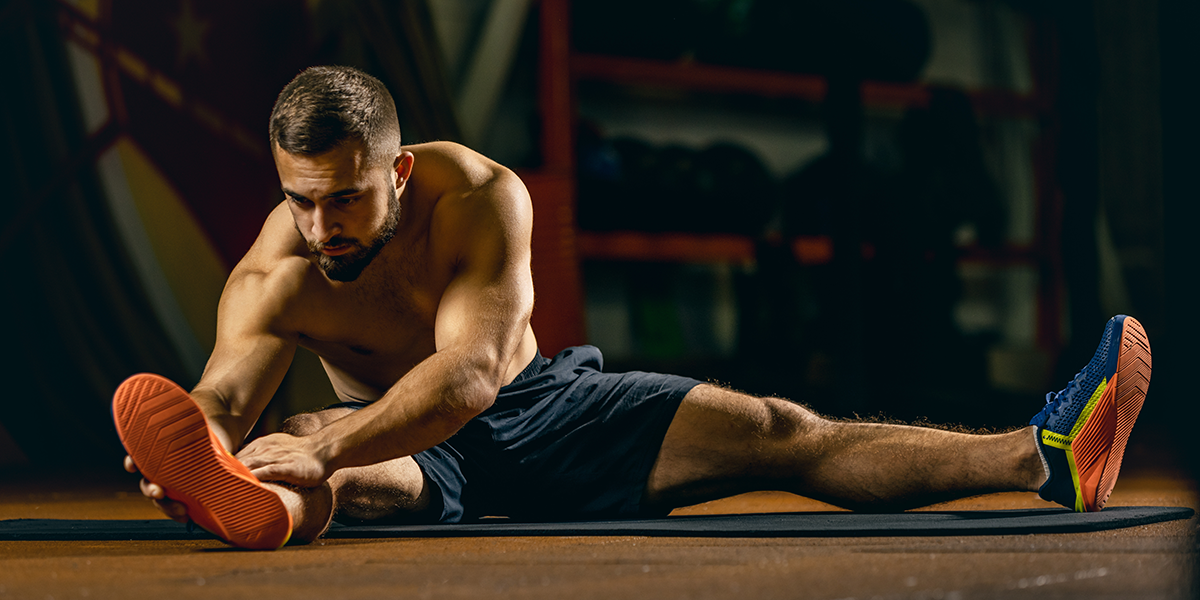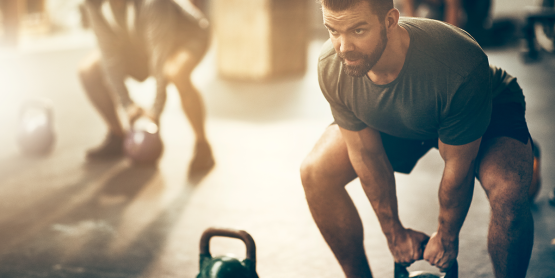
When it comes to optimizing your workout routine, warming up properly is key to preventing injury and maximizing performance. One of the most common questions gym-goers and athletes face is: what type of stretching should you do before exercising? Stretching can improve flexibility, increase blood flow, and prepare your body for the physical demands of a workout. However, not all stretches are created equal, and the type you choose can make a significant difference in your training outcomes. In this BioMed’s blog post, we’ll explore the best types of stretching to perform before your workout and explain why they are effective.
Dynamic Stretching: The Ultimate Pre-Workout Routine
Dynamic stretching is widely considered the best type of stretching to perform before a workout. Unlike static stretching, which involves holding a stretch for an extended period, dynamic stretching uses controlled, active movements to prepare your muscles and joints for exercise. These movements mimic the motions you’ll be performing during your workout, gradually increasing your heart rate, warming up your muscles, and enhancing your range of motion.
The goal of dynamic stretching is to activate the muscles you’ll be using, improve your body’s movement efficiency, and get your blood pumping. Research has shown that dynamic stretching can improve athletic performance, boost power output, and increase agility. This type of stretching is particularly beneficial for activities like running, weightlifting, or sports that involve quick, explosive movements.
Some effective dynamic stretches to incorporate into your warm-up routine include:
- Leg swings: Stand next to a wall or support and swing one leg forward and backward or side to side, loosening up your hip flexors and hamstrings.
- Arm circles: Extend your arms out to the sides and make circular motions, gradually increasing the size of the circles to warm up your shoulders.
- Lunges with a twist: Step forward into a lunge and twist your upper body toward your front leg, engaging your hip flexors, glutes, and core.
- High knees: Jog in place, bringing your knees up toward your chest with each step to engage your core and warm up your lower body.
Incorporating dynamic stretches into your pre-workout routine can help improve your overall movement patterns and prepare your body for more intense physical activity. For example, if you’re about to do a leg workout, performing dynamic stretches like walking lunges or hip openers will prime your lower body and reduce the risk of injury.
Why Static Stretching Isn’t Ideal Before Workouts
While static stretching has its place in a fitness routine, it’s generally not recommended as part of your pre-workout warm-up. Static stretching involves holding a muscle in a fixed position for a set period, usually 15-60 seconds, to lengthen and relax it. Although this type of stretching can be effective for improving flexibility and aiding in recovery, doing it before a workout can have some drawbacks.
Studies have shown that static stretching before exercise can temporarily weaken the muscles, reducing strength, power, and overall performance. This is particularly concerning for athletes or gym-goers who need their muscles to be at their peak. For example, if you’re about to lift weights, static stretches like seated forward folds or quad holds can inhibit your muscles’ ability to generate force, making you more prone to fatigue or injury.
That said, static stretching can still be beneficial—just save it for after your workout. Post-exercise, static stretches help relax your muscles, improve flexibility, and reduce muscle soreness. This type of stretching is perfect for winding down and aiding in your body’s recovery process. If flexibility is a primary goal for you, dedicating a separate time to static stretching or yoga sessions can be highly beneficial.
Other Stretching Techniques to Consider
While dynamic stretching is the gold standard for pre-workout warm-ups, there are other stretching methods you may want to consider based on your specific needs and the type of workout you’re doing. Here are a few alternative techniques:
Ballistic Stretching
Ballistic stretching involves using momentum to push your muscles beyond their normal range of motion. This method is generally not recommended for the average gym-goer because it can be risky and lead to injury. However, some athletes, such as dancers or martial artists, may use ballistic stretching to improve their range of motion. If you choose to do ballistic stretches, make sure you’re well-conditioned and perform them under the guidance of a trained professional.
PNF (Proprioceptive Neuromuscular Facilitation) Stretching
PNF stretching is a more advanced stretching technique often used in physical therapy or by athletes to increase flexibility. It involves contracting and then relaxing a muscle to improve its range of motion. While PNF stretching is highly effective, it’s not usually included in a standard pre-workout routine because it requires a partner and is more intense. However, if you have tight muscles or need to focus on specific areas, incorporating PNF stretching into your post-workout routine can be helpful.
Active Isolated Stretching (AIS)
Active Isolated Stretching involves holding each stretch for only 2-3 seconds and then repeating the movement several times. This method uses your body’s natural reflexes to improve flexibility without overstressing the muscles. While not as commonly used as dynamic stretching, AIS can be beneficial for athletes looking to enhance their performance or for individuals recovering from an injury.
To Conclude
When it comes to preparing your body for a workout, dynamic stretching stands out as the most effective and efficient way to warm up. By incorporating active movements that engage your muscles and mimic your exercise routine, you can improve your performance, increase flexibility, and reduce the risk of injury. While static stretching has its benefits, it’s best saved for post-workout recovery to avoid compromising your strength and power. Ultimately, the key to an effective warm-up is to get your body moving, raise your heart rate, and activate the muscles you’re about to use. So, the next time you hit the gym or the field, start your session with a dynamic stretching routine to set yourself up for success. Feel free to reach out to our customer support team if you have any questions!









